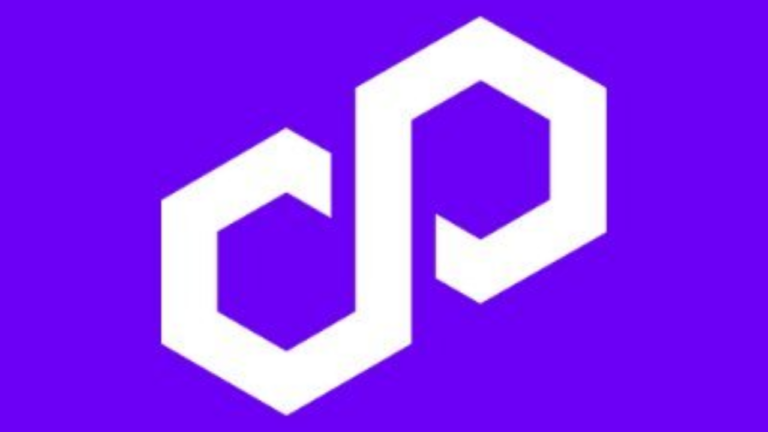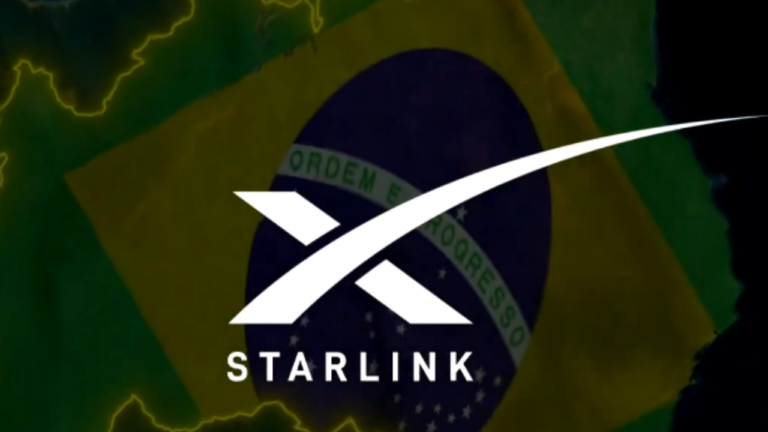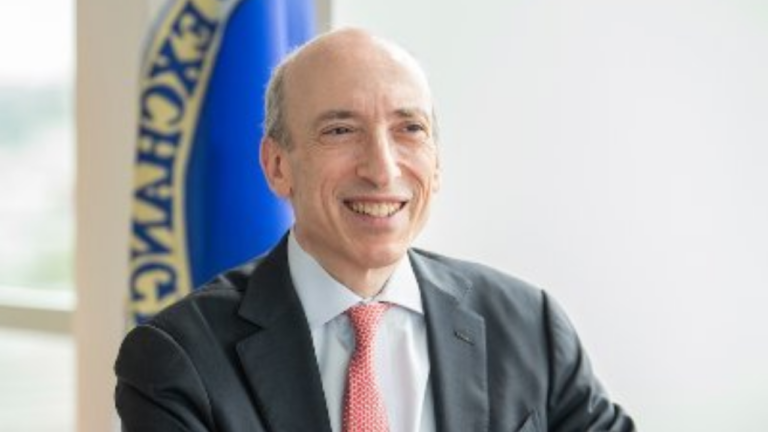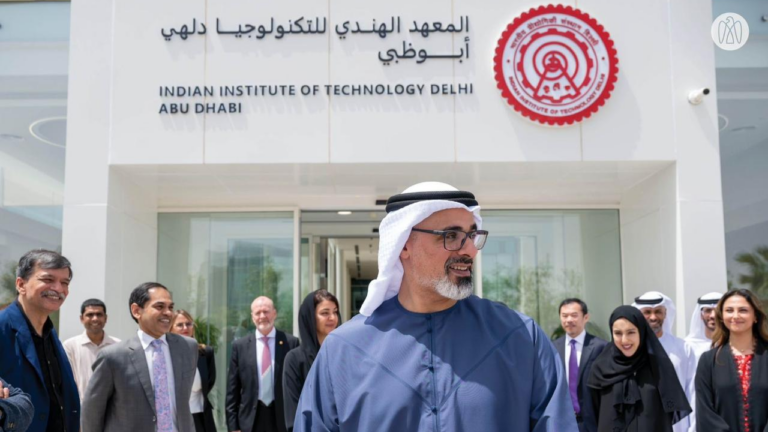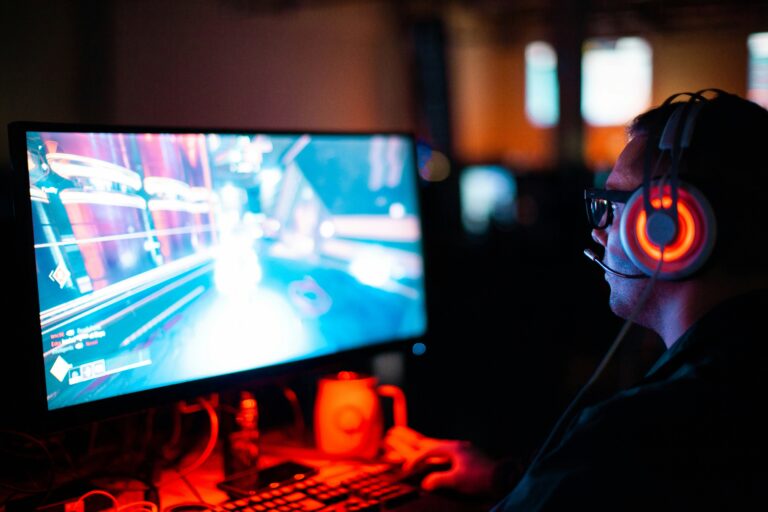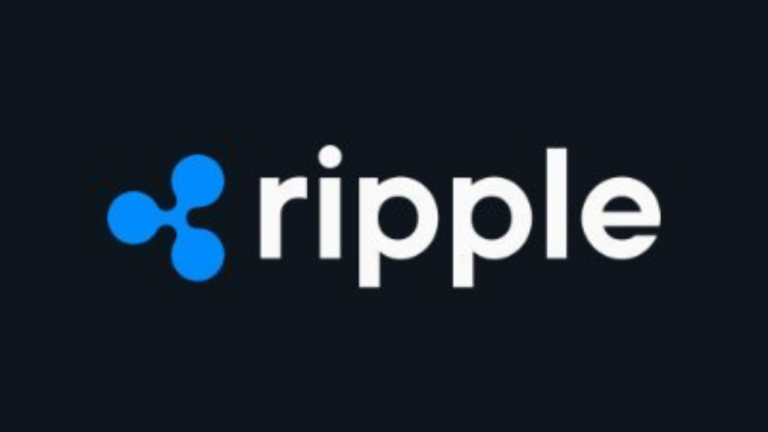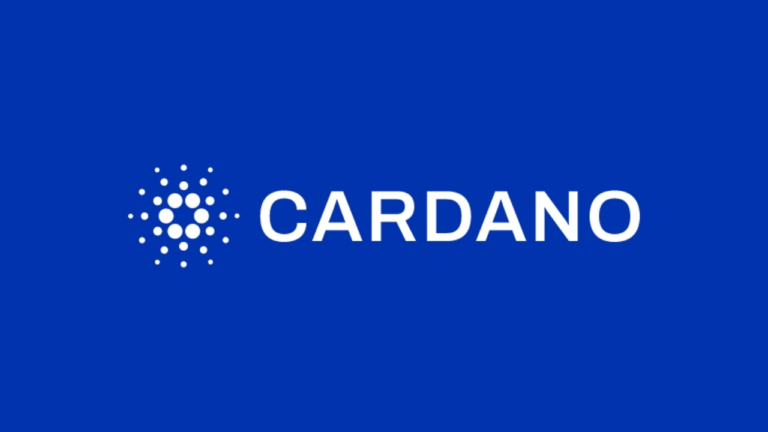Polygon Labs is making significant moves to shape the future of its network. On 4 September, the Ethereum scaling platform will transition from its long-standing MATIC token to the newly introduced POL token. This migration is a crucial step in Polygon’s ambitious Polygon 2.0 roadmap, which envisions the network evolving into a sophisticated zero-knowledge Ethereum Virtual Machine (zkEVM) system with its own network of interoperable, application-specific blockchains.
The change from MATIC to POL is more than just a token swap; it represents a foundational shift in how the Polygon network will operate moving forward. For those holding MATIC, understanding the implications of this migration and the steps required—if any—will be key to navigating the transition smoothly.
The POL token is set to replace MATIC as the native token of the Polygon network. This means POL will take over the roles of gas and staking token on Polygon’s main proof-of-stake (PoS) chain, as announced in a July blog post by Polygon. The migration sets the stage for the broader Polygon 2.0 initiative, which aims to transition the network into a zkEVM system. This system will integrate multiple interoperable blockchains, enabling a more scalable, secure, and versatile platform for developers and users alike.
One of the standout features of the POL migration is its impact on network utility. As with MATIC, validators on the Polygon blockchain who engage in staking can earn rewards by restaking their POL tokens. This staking mechanism will extend beyond just the main Polygon PoS chain. Under Polygon 2.0, POL will be used to secure other chains within Polygon’s aggregated network, known as the AggLayer. The AggLayer is a core component of Polygon 2.0, designed to aggregate zero-knowledge proofs from all connected chains, ensuring the security of near-instant, atomic cross-chain transactions.
For MATIC holders, the transition to POL is designed to be as seamless as possible. If you hold MATIC on the Polygon PoS chain, there’s nothing you need to do—the conversion to POL will happen automatically. This automation should provide peace of mind to the majority of users, allowing them to continue using the network without disruption.
However, if you hold MATIC on other networks or in specific wallets, some action may be required. For instance, MATIC holders on the Ethereum network will need to migrate their tokens to POL through the Polygon Portal Interface. This process is straightforward for most users, but it does involve bridging tokens to Ethereum. Likewise, those holding MATIC on Polygon’s zkEVM layer-2 network or on centralised exchanges may need to upgrade their tokens by bridging them to Ethereum. Polygon has already deployed a migration contract to facilitate this process, but it is aimed at advanced users who are comfortable with more complex operations.
For users with MATIC as ERC-20 tokens stored in hardware wallets like Ledger, manual conversion to POL may be necessary. While Polygon has not yet provided detailed instructions for this process, users should stay tuned for updates to ensure they can complete the migration without issues. It’s worth noting that there is currently no set deadline for converting MATIC to POL, either on Ethereum or the Polygon zkEVM network. This flexibility should help alleviate concerns about rushing through the migration process.
That said, the Polygon community could be granted the authority to establish a deadline for conversion in the future, according to Polygon’s blog post. This potential for a community-set deadline adds an interesting dynamic to the migration process, giving users and stakeholders a say in how the transition is managed.
The move from MATIC to POL is a significant step in Polygon’s journey toward becoming a more robust and versatile blockchain platform. By transitioning to a zkEVM system, Polygon aims to address some of the key challenges facing Ethereum scaling, such as high gas fees and limited transaction throughput. The introduction of POL as the native token across the network’s multiple chains will help streamline operations and provide a unified staking and gas mechanism that can scale with the network’s growth.
Polygon’s vision for its 2.0 roadmap is ambitious, and the migration to POL is just the beginning. The shift to a zkEVM system with a network of interoperable blockchains could position Polygon as a leading platform for decentralised applications, particularly in areas where scalability and security are paramount. The AggLayer’s ability to aggregate zero-knowledge proofs from connected chains and ensure the security of cross-chain transactions is a testament to the innovative approach Polygon is taking to Ethereum scaling.
For developers and users alike, the migration to POL opens up new possibilities. Developers can look forward to building on a platform that offers more flexibility and scalability, while users can benefit from a network that is faster, more secure, and more cost-effective. The seamless integration of POL across the Polygon network will help ensure that these benefits are realised without the friction that often accompanies major network upgrades.
As the 4 September migration date approaches, Polygon Labs is likely to provide further details and updates to help users navigate the transition. For now, the focus is on ensuring that MATIC holders are prepared for the shift to POL, whether that involves taking action to convert their tokens or simply waiting for the automatic migration on the Polygon PoS chain. With the groundwork for Polygon 2.0 being laid through this migration, the network is on track to make significant strides in its evolution as a leading Ethereum scaling solution.

